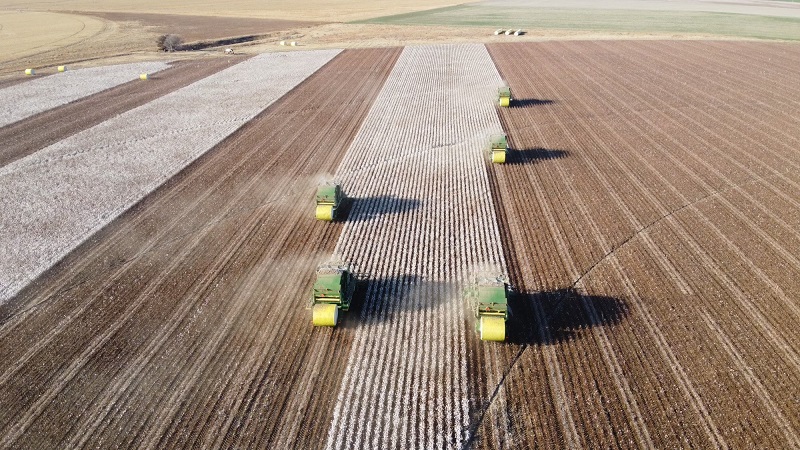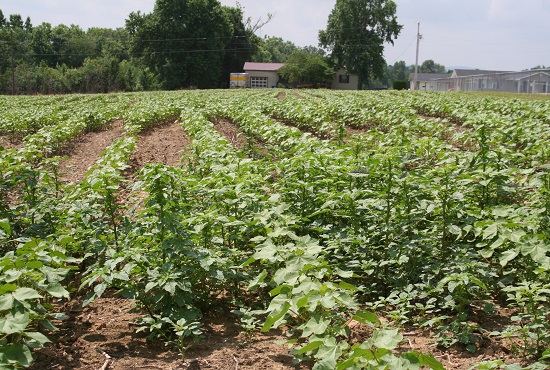Shurley: Market Shows Increasing Hope and Optimism
Slowly, the cotton market appears to be pulling out of the doldrums. The signs and signals are improving and, if actually realized, the timing certainly could not be better.
Prices advanced to a high of almost 68 cents this past week before closing at just under 67 – down just a bit from Thursday. Friday’s action was the highest the market has been in over 5 months, since early June.
The market (March futures) has resistance in the 66 to 67-cent area. You say, “Don, what does that mean?” It means this week’s action above 67 cents should be encouraging. But let’s not have a party just yet.
This improvement is sparked mostly by positive news on trade. We have said all along there is upside potential if and when we could get more assurance on trade. The USMCA agreement has now been finalized and signed by all three countries. The House is expected to vote on it next week and the Senate sometime in January. Also announced this week, the U.S. and China have agreed to a Phase One deal which is expected to be signed in January.
The December USDA monthly supply demand estimates are a mixed bag and one of the reasons I said let’s not get ahead of ourselves. The U.S. crop continues to shrink and was reduced another 610,000 bales. But U.S. exports for the 2019 crop marketing year were unchanged at 16.5 million bales.
A major concern is another downward revision in Use. World use/demand was revised down by a relatively significant 1.2 million bales – 1 million bales of that in China.
World use/demand has been revised down 5.7 million bales or 4.5% from earlier estimates. The U.S. crop has been cut 2.3 million bales from the first survey-based estimate in August. The reduction in Use is bad enough, but its impact is softened somewhat by the smaller U.S. crop.
The most recent weekly export report shows sales of 291,400 bales for the 7-day period ending December 5. This was a 68% increase from the weak numbers of a week earlier and above the average for the previous month.
In meetings I have been doing, the discussion always leads to what should the producer be doing or thinking about in terms of marketing from this point forward. Most producers indicate they have little of their crop priced and missed last winter and spring’s higher prices. So, what happens in this market and the decisions made going forward are very crucial.
Prices have gone from near 80 cents to less than 60 cents. Prices have since made improvement to the 66-cent area and, as already mentioned, appear to have “broken out” with the move near 68 this week.
As prices improve, producers obviously will be looking for second chance opportunities to price remaining portions of their crop. I have advocated here and elsewhere that producers holding for the market to improve should consider doing so in such a way that also protects from prices going lower.
Post-harvest, the tools available include storage (including the Marketing Loan), Call Options, and deferred price (or “provisional” contract as it’s called in my neck of the woods). If prices continue to improve, all of these could potentially make you money if price increases enough. But none of these offer protection should prices decrease (although the Loan would provide protection through the Loan Gain if price should dip below about 59 cents).
Look, it all depends on the risk you are willing to take. Most of the time, storage is cheaper than the cost of a Call. But storage is also riskier. If you’re going to store, I can think of no good reason not to do so using the Loan. Either the Loan or a deferred price contract will provide you cash flow.
The premium on a May Call is about 3 cents. July is about 3½. That extra half cent is buying more time. Compared to storage, a Call limits downside risk exposure – but you pay for that.









